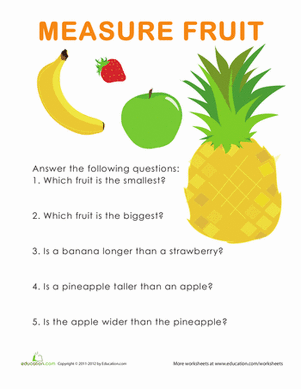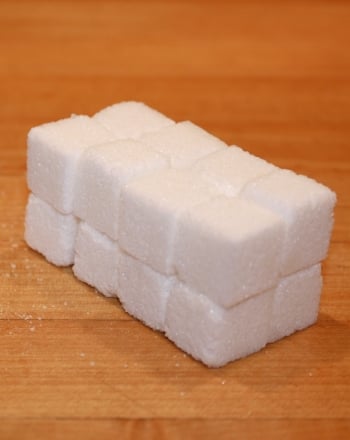Activity
Measuring Sugar in Fruit Using a Refractometer
Grade Level: 4th - 8th; Type: Earth Science
Objective:
Students will learn about circadian rhythms. Library research will show many biological activities that occur on a 24 hour clock. Experimental research will show the circadian rhythms of exercise in small mammals.
Research Questions:
- What is a circadian rhythm?
- What types of biological activities follow a 24 hour cycle?
- Do the exercise patterns of small mammals follow a 24-hour cycle?
You know that you routinely sleep and eat at roughly the same times during a 24-hour period, but core body temperature, hormone levels, cell regeneration, metabolism and other biological activities run on a 24 hour clock. Functions that happen on a 24-hour clock are said to follow a circadian rhythm. It is believed that this is driven by the 24- hour cycle of light and darkness. As shown in this experiment, even nocturnal animals follow a 24-clock.
Materials:
- Speedometer/odometer
- Graph paper
Experimental Procedure:
- Purchase a bicycle speedometer/odometer. Get the type that involves a magnet and a sensor.
- Move the cage to an area where the animal is disturbed as little as possible by electric lights. If this is not possible, considering putting a cloth over the cage after sundown.
- Stick sensor end of the speedometer on the support member of the exercise wheel with mounting putty or double back tape.
- Affix the magnet end to the exercise wheel as so that it passes near the sensor end.
- Monitor the speedometer as often as possible. Ideally, you would do this every hour, but this is not possible given that you must sleep and go to school. Get help from your parents, brothers, sisters, and friends.
- Continue monitoring for four to five days.
- The speedometer provides how far the animal has traveled, but presupposes that the diameter of the exercise wheel is the same as a bicycle tire. You may wish to convert the output of the odometer is by using the following ratio: A/B = C/D A is the diameter of a full size bike wheel, B is the distance, C is the diameter of the exercise wheel and D is the distance.
- Graph the activity of the mammal as a function of time.
Terms/Concepts: Circadian rhythms, Nocturnal animals, Light cycles
References:
Books
Foster, Russell G and Leon Kreitzman. Rhythms of Life: The Biological Closes that Control the Daily Lives of Every Living Thing. Yale University Press (2005)
Websites
Web MD: Sleep and Circadian Rhythm Disorders
http://www.webmd.com/sleep-disorders/guide/circadian-rhythm-disorders-cause
Education.com provides the Science Fair Project Ideas for informational purposes only. Education.com does not make any guarantee or representation regarding the Science Fair Project Ideas and is not responsible or liable for any loss or damage, directly or indirectly, caused by your use of such information. By accessing the Science Fair Project Ideas, you waive and renounce any claims against Education.com that arise thereof. In addition, your access to Education.com's website and Science Fair Project Ideas is covered by Education.com's Privacy Policy and site Terms of Use, which include limitations on Education.com's liability.
Warning is hereby given that not all Project Ideas are appropriate for all individuals or in all circumstances. Implementation of any Science Project Idea should be undertaken only in appropriate settings and with appropriate parental or other supervision. Reading and following the safety precautions of all materials used in a project is the sole responsibility of each individual. For further information, consult your state's handbook of Science Safety.















